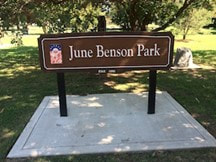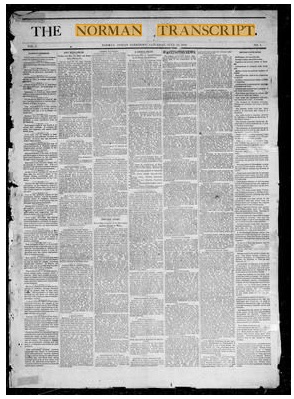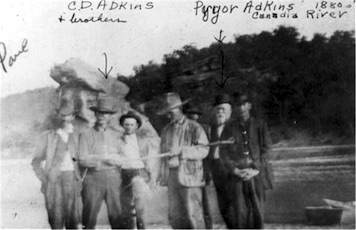There is a little rectangular shaped park just south of downtown, where Peters and Alameda streets intersect in the Miller Historic District. The City Parks Department named the park after June Benson, the first woman to serve as Mayor of Norman. The park was established in honor of Benson’s work as policy committee chairman of the Community Development Block Grant program from 1972 to 1981. The program administered federal funds to low and moderate-income neighborhoods. Benson’s major contribution was her financial oversight; she made sure funds from the program were used for the targeted neighborhoods rather than being funneled into city projects. June Benson started her political career in the early 1950s, when most women chose to stay at home and raise their children in the growing affluence of post-World War II America. June Tompkins Benson was a homemaker and mother, but she also had a penchant in public service.
June Tompkins was born in Granite, Oklahoma on November 6, 1915. In 1933, she enrolled at the University of Oklahoma, where she studied in the Department of Government. After she graduated in 1937, she continued her education and received her master’s degree in 1940. Her graduate thesis was entitled, “Election Practices in Oklahoma.” In 1940 she married University of Oklahoma Government professor, Oliver Benson. With the United State’s entrance into the Second World War in 1941, Oliver Benson enlisted into the Navy as yeoman 3rd class, he soon became a commissioned officer. He trained in the Japanese language at Boulder Colorado. After training, the Navy then ordered him to the Caroline Island. The Bensons moved back to Norman after the war in 1946, where Oliver Benson became head of the Department of Government.



 RSS Feed
RSS Feed